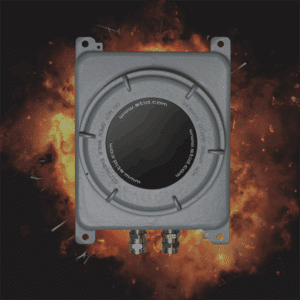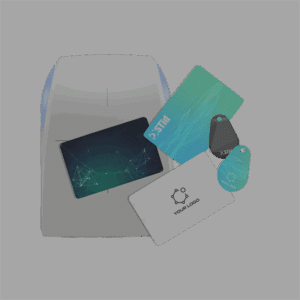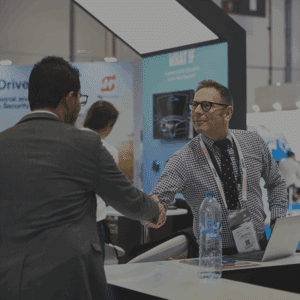
Latest news
Check our latest news
Stay informed with the latest from our world.
Explore industry insights, discover our product updates, and follow our highlights from trade shows and events.
Loading…
Dive into our case studies and expert resources to see how we address unique security requirements with precision and insight.

Benefit from end-to-end support: expert-led training programs tailored to your level, and advanced customization options to meet the demands of your environment.

Our global partners and technical expertise support your security projects from design to deployment.


Stay informed with the latest from our world.
Explore industry insights, discover our product updates, and follow our highlights from trade shows and events.
Still looking for product information? Start by consulting our FAQ.
Still no answer? Don’t hesitate to contact us